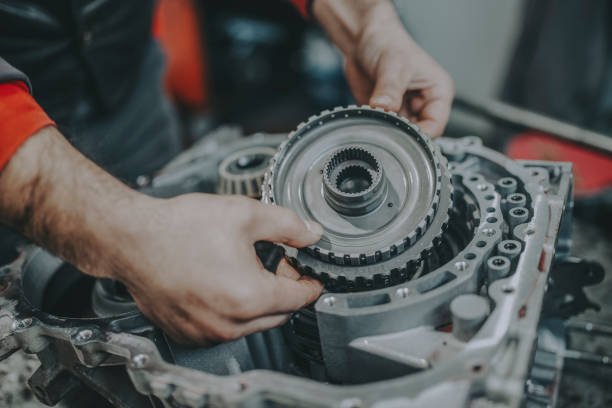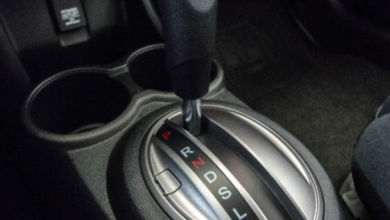Fixing Transmission Slipping: Steps to take

What is Transmission Slipping?
Transmission slipping refers to a situation where the transmission fails to maintain consistent power delivery to the wheels, resulting in a loss of acceleration or erratic shifting. It typically feels like the engine is revving higher than normal without a corresponding increase in vehicle speed. This can occur in both manual and automatic transmissions and is often caused by various issues such as low or dirty transmission fluid, worn clutch plates or bands, faulty solenoids, or problems with the torque converter. Transmission slipping can be a sign of significant mechanical problems and should be addressed promptly to prevent further damage to the transmission. Fixing of slipping transmission is time consuming which is a headache for the car owners. To avoid transmission slipping proper care is required.
Fixing of Slipping Transmission:
Fixing a slipping transmission can be a complex task, and it often depends on the root cause of the issue. Here are some general steps you can take:
- Checking the Transmission Fluid: Proper maintenance of transmission fluid is crucial for smooth operation. Low fluid levels or dirty fluid can lead to slipping and other transmission problems. Regularly checking the fluid level and condition is essential for vehicle health. If the fluid is low, it should be topped up with the recommended type of fluid. Additionally, if the fluid is dirty or contaminated, a transmission flush may be necessary to remove the old fluid and replace it with clean fluid, ensuring optimal performance and longevity of the transmission.
- Inspecting for Leaks: Transmission fluid leaks are a common cause of slipping transmissions. Inspecting the transmission and its components for leaks is essential for identifying and addressing potential issues. Signs of leaks include puddles of fluid under the vehicle, wet spots on transmission components, or a noticeable decrease in fluid levels over time. Identifying and fixing leaks promptly can prevent further damage to the transmission and ensure continued smooth operation of the vehicle. Regular inspections for leaks should be part of routine vehicle maintenance to maintain transmission health.
- Replacing Clutch Plates: In manual transmissions and some automatic transmissions, clutch plates play a vital role in transferring power from the engine to the transmission. Over time, clutch plates can wear out, leading to slipping and poor transmission performance. Replacing worn clutch plates is essential for restoring proper functionality to the transmission. This process involves accessing the transmission, removing the old clutch plates, and installing new ones. Proper installation and adjustment of the new clutch plates are critical for ensuring smooth shifting and optimal transmission operation. Regular inspection and replacement of clutch plates as needed can help prevent transmission slipping and maintain vehicle performance.
- Adjusting or Replacing Bands: Some transmissions, particularly older models or those with manual controls, use bands to engage gears. Over time, these bands can become loose or worn, leading to slipping or difficulty shifting. Adjusting the bands to the manufacturer’s specifications can help restore proper tension and functionality. In cases where the bands are excessively worn or damaged, replacement may be necessary. Proper adjustment or replacement of bands ensures smooth operation and prevents slipping, contributing to the overall reliability of the transmission and vehicle.
- Checking the Transmission Solenoids: Modern automatic transmissions rely on solenoids to control fluid flow and gear engagement. Malfunctioning solenoids can cause erratic shifting, slipping, or difficulty engaging gears. Testing the solenoids for proper function and replacing any faulty ones is essential for restoring optimal transmission performance. Diagnosing solenoid issues often requires specialized equipment and expertise, so consulting a professional mechanic is recommended. Addressing solenoid problems promptly helps prevent further transmission damage and ensures smooth operation of the vehicle.
- Inspecting the Torque Converter: The torque converter is a critical component of automatic transmissions, facilitating the transfer of power from the engine to the transmission. Issues with the torque converter, such as worn bearings, damaged fins, or fluid contamination, can result in slipping or inefficient power transfer. Inspecting the torque converter for signs of damage or wear and addressing any issues promptly is essential for maintaining transmission performance. Depending on the extent of the damage, repair or replacement of the torque converter may be necessary. Proper maintenance of the torque converter helps ensure smooth operation and longevity of the transmission.




